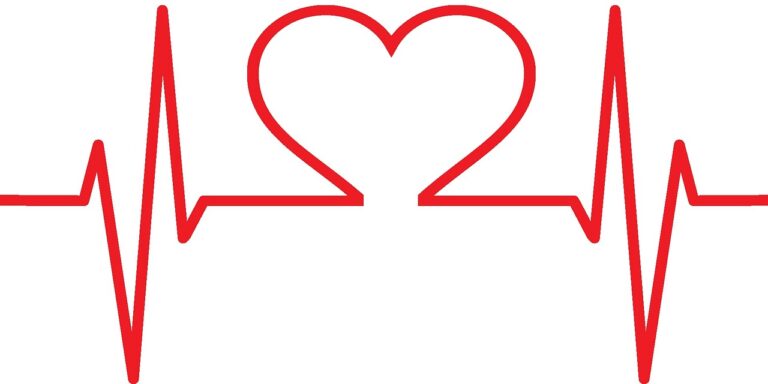Book Appointment Now

How Social Media Affects the Nurse-Patient Relationship
How social media affects the nurse-patient relationship is a topic of growing significance in modern healthcare. As digital platforms become integral to everyday communication, they offer nurses new ways to educate and connect with patients. However, the use of social media also raises ethical concerns, such as breaches of confidentiality, blurred professional boundaries, and the potential for reputational damage. Nurses must carefully navigate these challenges while leveraging social media to enhance healthcare outcomes. This delicate balance requires a deep understanding of ethical guidelines, appropriate boundaries, and best practices to ensure trust and professionalism in nurse-patient relationships.
Opportunities Offered by Social Media in Nursing
Enhancing Health Education
Social media provides nurses with a powerful tool to share evidence-based health information with patients and the public. Platforms like Facebook, Instagram, and Twitter allow nurses to post educational content on disease prevention, healthy lifestyles, and treatment options. According to a study by Ventola (2019), nearly 60% of social media users trust online health information, highlighting the potential for nurses to positively influence public health outcomes.
For example, a nurse might use YouTube to demonstrate proper wound care techniques or post infographics on diabetes management on Instagram. These efforts can empower patients with the knowledge to make informed decisions about their health.
Building Community and Support Networks
Social media can also create virtual support networks for patients coping with chronic illnesses or other health challenges. Nurses who participate in these forums can provide professional insights, answer general questions, and offer encouragement. For instance, online communities for cancer survivors or individuals managing mental health conditions often benefit from the expertise of healthcare professionals.
Our nursing experts can deliver 100% custom paper about how social media affects the nurse-patient relationship according to your order instructions.
Write my nursing essay
Ethical Implications of Nurses Interacting with Patients Online
Breaches of Patient Confidentiality
One of the primary ethical concerns associated with nurses using social media is the risk of violating patient confidentiality. Even unintentional disclosures, such as sharing anecdotal experiences or vague patient stories, can lead to breaches if identifying details are revealed. For instance, posting about an unusual medical case without proper anonymization could violate HIPAA (Health Insurance Portability and Accountability Act) regulations in the U.S. or similar laws in other countries (McBride et al., 2021).
To mitigate these risks, nurses must adhere strictly to professional guidelines that prohibit the disclosure of patient information on social platforms. Professional organizations, such as the American Nurses Association (ANA), emphasize the importance of maintaining confidentiality and caution against discussing patients online, even in private groups.
Blurring of Professional Boundaries
Social media interactions between nurses and patients can blur the line between professional and personal relationships. Accepting friend requests or engaging in direct messages with patients may lead to unrealistic expectations or favoritism. According to NCSBN guidelines (2018), such relationships can compromise the nurse’s objectivity and potentially undermine the therapeutic alliance.
For example, a nurse who comments on a patient’s personal posts may unintentionally create a perception of favoritism, damaging trust within the wider patient community. Maintaining clear professional boundaries is essential to preserve the integrity of the nurse-patient relationship.
Risks to Professional Reputation
Nurses’ online behavior can have far-reaching consequences for their professional reputation. Posting inappropriate or offensive content, even outside of work hours, may reflect poorly on their role as healthcare providers. A study by Frazier et al. (2020) found that 67% of employers surveyed viewed social media profiles when assessing the professionalism of nursing candidates.
Nurses must, therefore, exercise caution in curating their online presence, ensuring that their posts align with the ethical standards of the profession.
Establishing Boundaries for Ethical Social Media Use
Professional Guidelines and Policies
Healthcare organizations and regulatory bodies provide clear guidelines to help nurses navigate the ethical complexities of social media use. These guidelines emphasize:
- Avoiding Patient Interactions: Nurses are advised not to accept friend requests from current or former patients on personal social media accounts.
- Preserving Anonymity: Any discussion of patient cases online must be fully anonymized and limited to educational purposes.
- Maintaining Professional Conduct: Nurses must refrain from posting content that could be perceived as unprofessional or discriminatory.
For instance, the ANA’s Principles for Social Networking and the Nurse (2015) outline best practices for maintaining privacy, professionalism, and ethical standards in online interactions.
Training and Awareness
Organizations can support nurses by offering training programs on ethical social media use. These programs can provide practical scenarios and guidance on managing online interactions, ensuring nurses are equipped to handle the complexities of digital communication.
Using Separate Professional Accounts
To maintain a clear separation between personal and professional interactions, nurses can create dedicated professional accounts for engaging with patients or the public. These accounts should adhere to organizational policies and focus solely on sharing health-related content.
Case Study: A Social Media Misstep
In 2018, a nurse in the U.S. faced disciplinary action after posting a photo of herself with a patient on Instagram without obtaining consent. While the post was intended to celebrate the patient’s recovery, it inadvertently revealed identifying details, violating HIPAA regulations. This incident underscores the importance of understanding and respecting patient privacy, even when intentions are positive.
Such cases highlight the need for nurses to think critically before sharing content online, considering the ethical and legal implications of their actions.
The Positive Potential of Social Media
While ethical challenges exist, nurses can leverage social media to enhance their professional impact. For example, campaigns like #NursesWeek and #HealthcareHeroes have successfully highlighted the contributions of nurses worldwide, fostering public appreciation for the profession. By using social media responsibly, nurses can build trust, advocate for healthcare improvements, and inspire future generations to join the field.
Understanding how social media affects the nurse-patient relationship is crucial for maintaining professionalism and trust in healthcare. While social media provides opportunities for education, support, and advocacy, it also presents ethical challenges that demand careful navigation. By adhering to established guidelines, maintaining clear boundaries, and prioritizing patient confidentiality, nurses can harness the benefits of social media while safeguarding the integrity of the nurse-patient relationship. As the digital landscape continues to evolve, ongoing education and vigilance will be essential to ensure that social media enhances, rather than compromises, healthcare delivery.
References
- American Nurses Association (2015). Principles for social networking and the nurse: Guidance for registered nurses.
- Frazier, A., Simmons, M., & Wilson, K. (2020). Social media use and professionalism among nursing students and professionals. Journal of Nursing Ethics, 27(5), 621–630.
- McBride, D., Tietze, M., & Hanley, M. (2021). Protecting patient privacy in the digital age: Guidelines for nurses. Journal of Digital Health, 14(2), 78–85.
- NCSBN (2018). A nurse’s guide to the use of social media. National Council of State Boards of Nursing.
- Ventola, C. L. (2019). Social media and health care professionals: Benefits, risks, and best practices. P&T, 39(7), 491–520.




